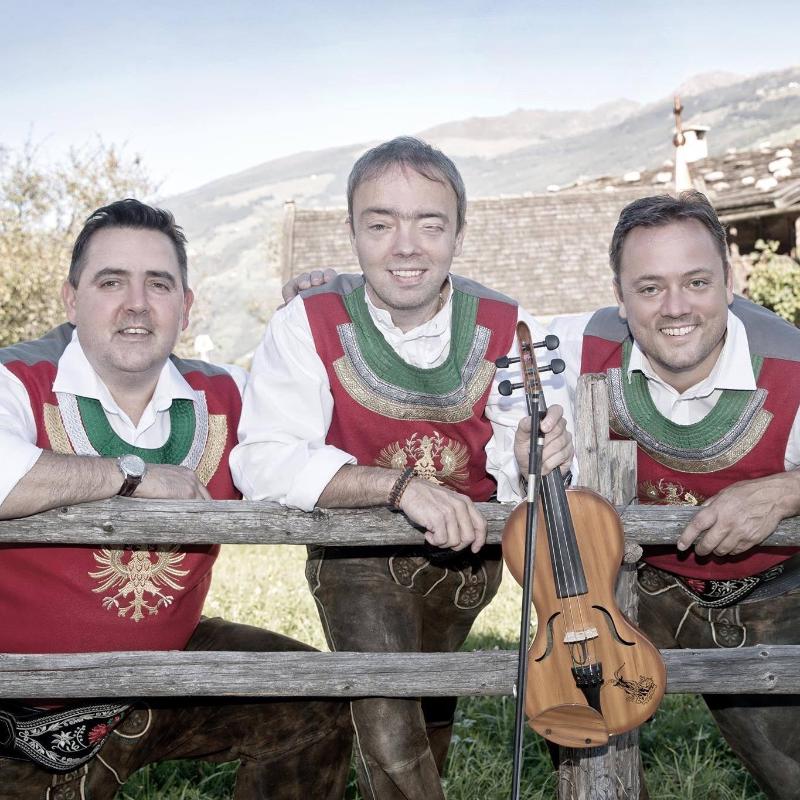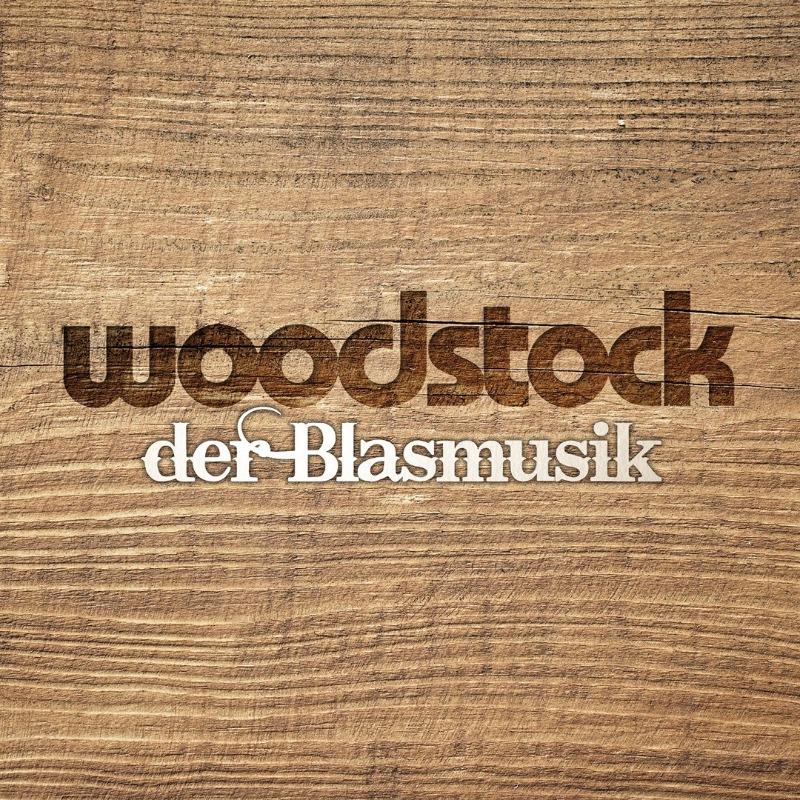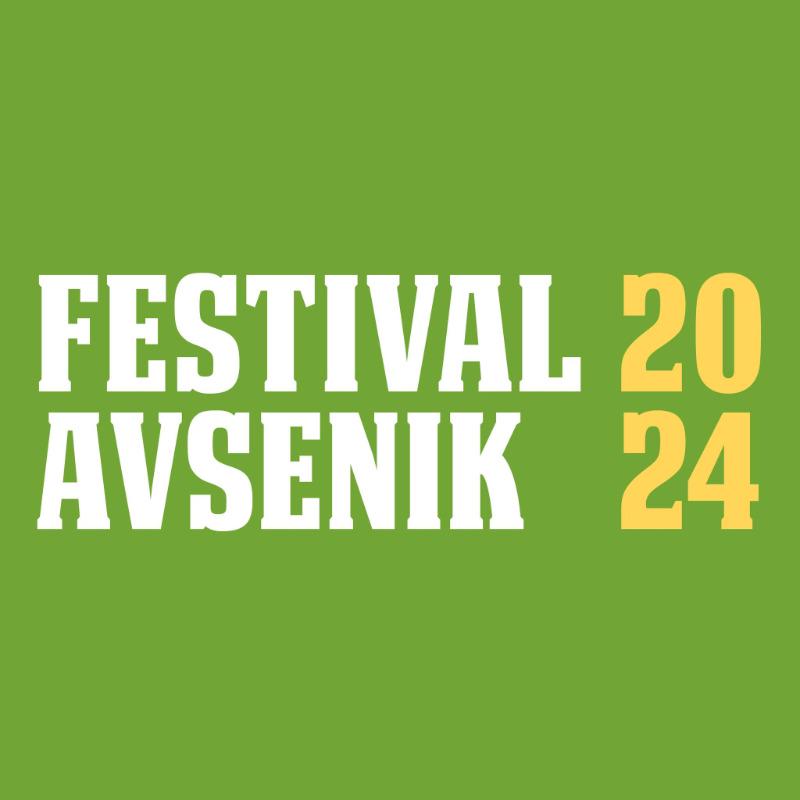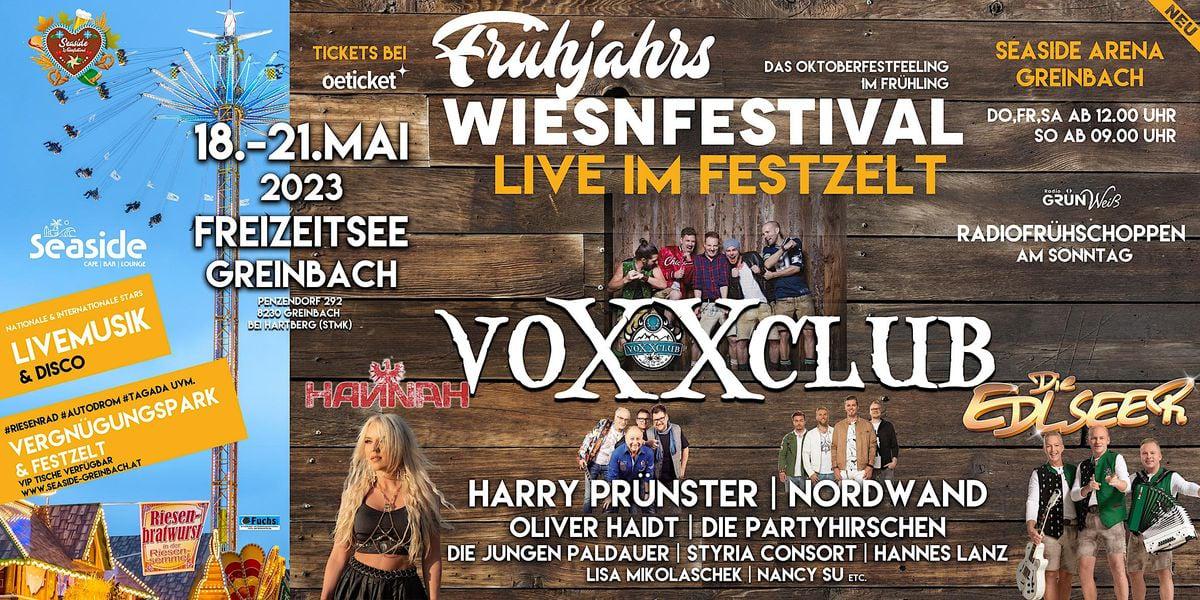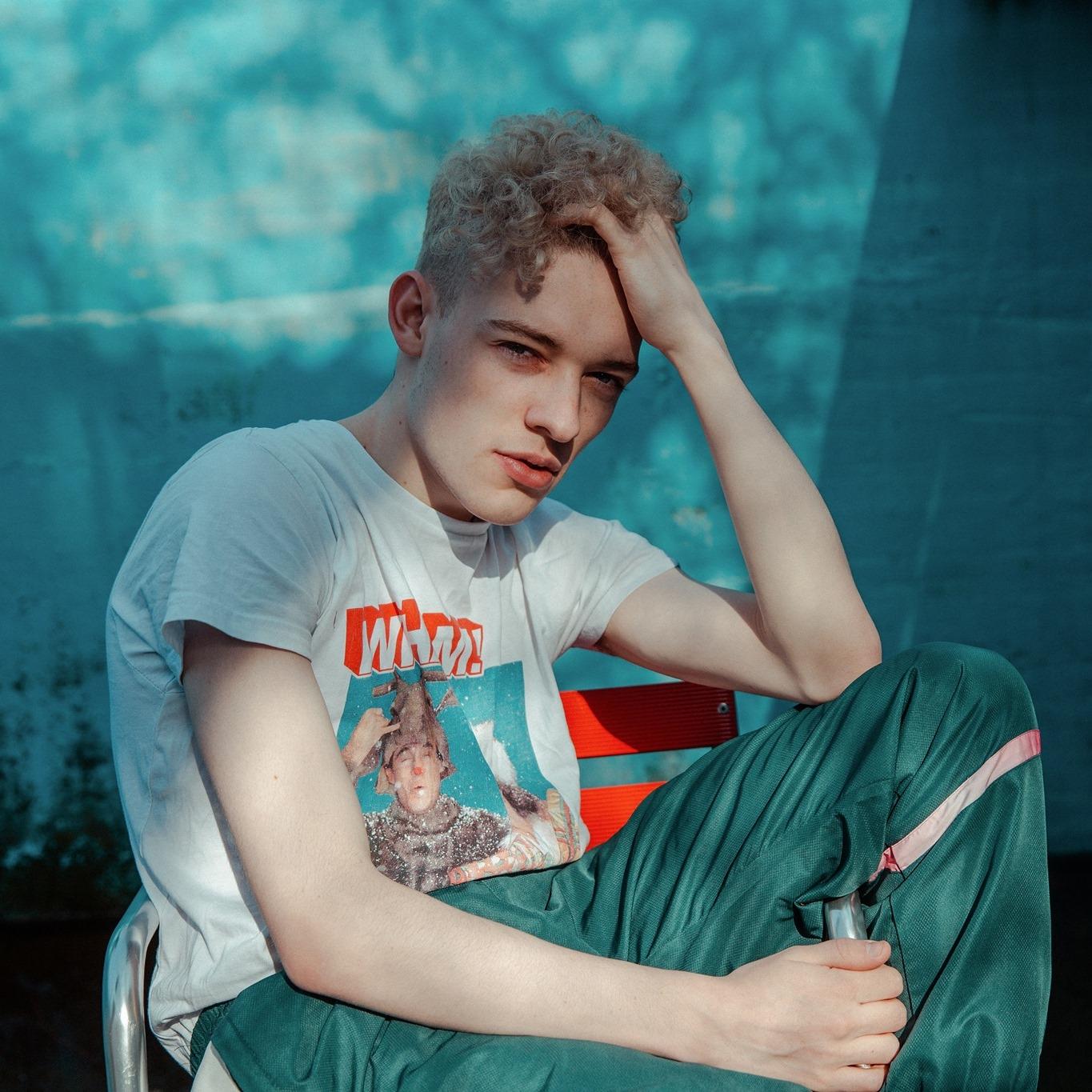
H
Nemo
CHE • Mainstream Pop

Dzidzio
UKR • Volksmusik/Alpine Folk
Dzidzio
 UKREuropeanVolksmusik/Alpine Folk
UKREuropeanVolksmusik/Alpine Folk
Melissa Naschenweng
AUT • Schlager
Melissa Naschenweng
 AUTEuropeanSchlager
AUTEuropeanSchlager
Jannes
NLD • Volksmusik/Alpine Folk
Jannes
 NLDEuropeanVolksmusik/Alpine Folk
NLDEuropeanVolksmusik/Alpine Folk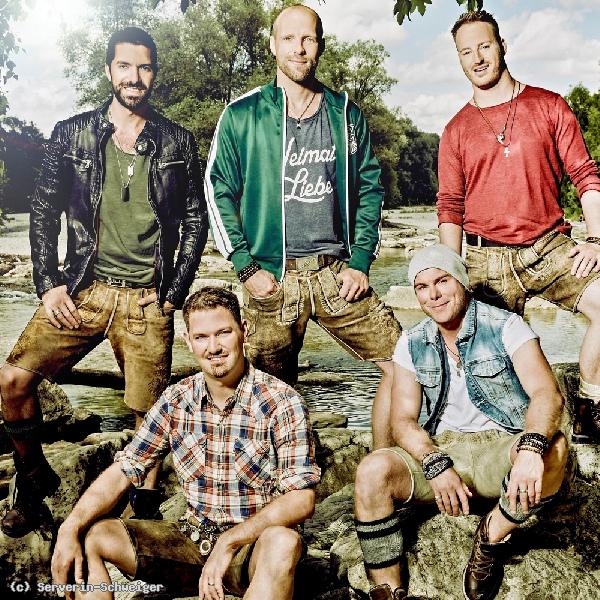
Voxxclub
DEU • Schlager

Voxxclub
 DEUEuropeanSchlager
DEUEuropeanSchlager
Florian Silbereisen
DEU • Volksmusik/Alpine Folk
Florian Silbereisen
 DEUEuropeanVolksmusik/Alpine Folk
DEUEuropeanVolksmusik/Alpine Folk
Senna
NLD • Mainstream Pop
Senna
 NLDPopMainstream Pop
NLDPopMainstream Pop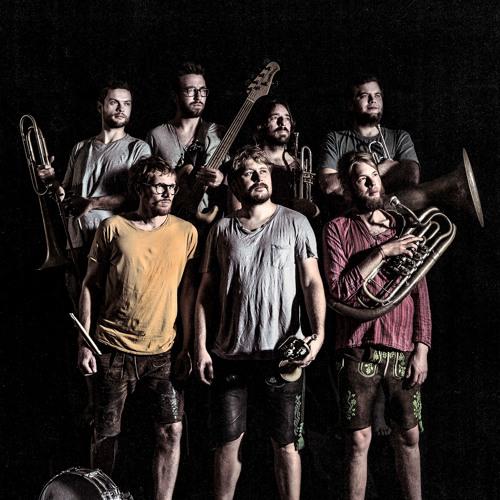
LaBrassBanda
DEU • Volksmusik/Alpine Folk
LaBrassBanda
 DEUEuropeanVolksmusik/Alpine Folk
DEUEuropeanVolksmusik/Alpine Folk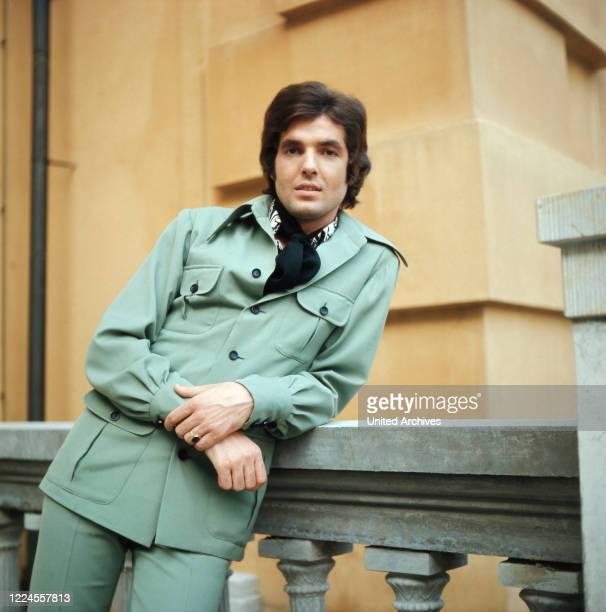
Chris Roberts
DEU • Volksmusik/Alpine Folk
Chris Roberts
 DEUEuropeanVolksmusik/Alpine Folk
DEUEuropeanVolksmusik/Alpine Folk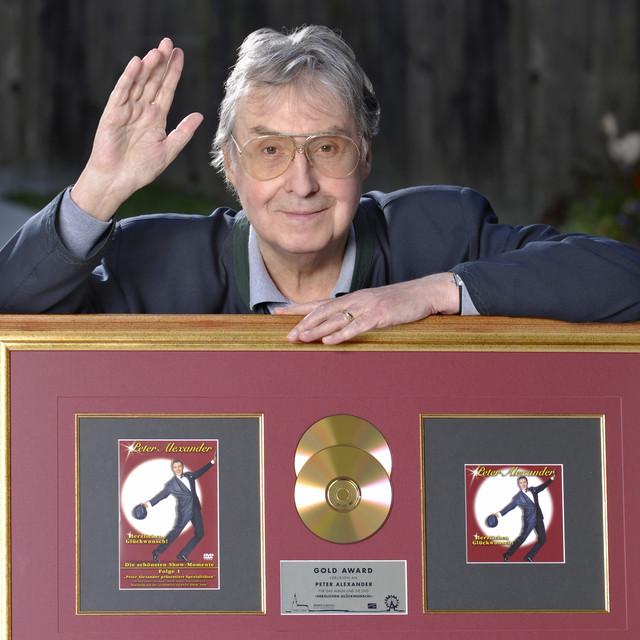
Peter Alexander
AUT • Schlager
Peter Alexander
 AUTEuropeanSchlager
AUTEuropeanSchlager
Porca Véia
BRA • Volksmusik/Alpine Folk
Porca Véia
 BRAEuropeanVolksmusik/Alpine Folk
BRAEuropeanVolksmusik/Alpine Folk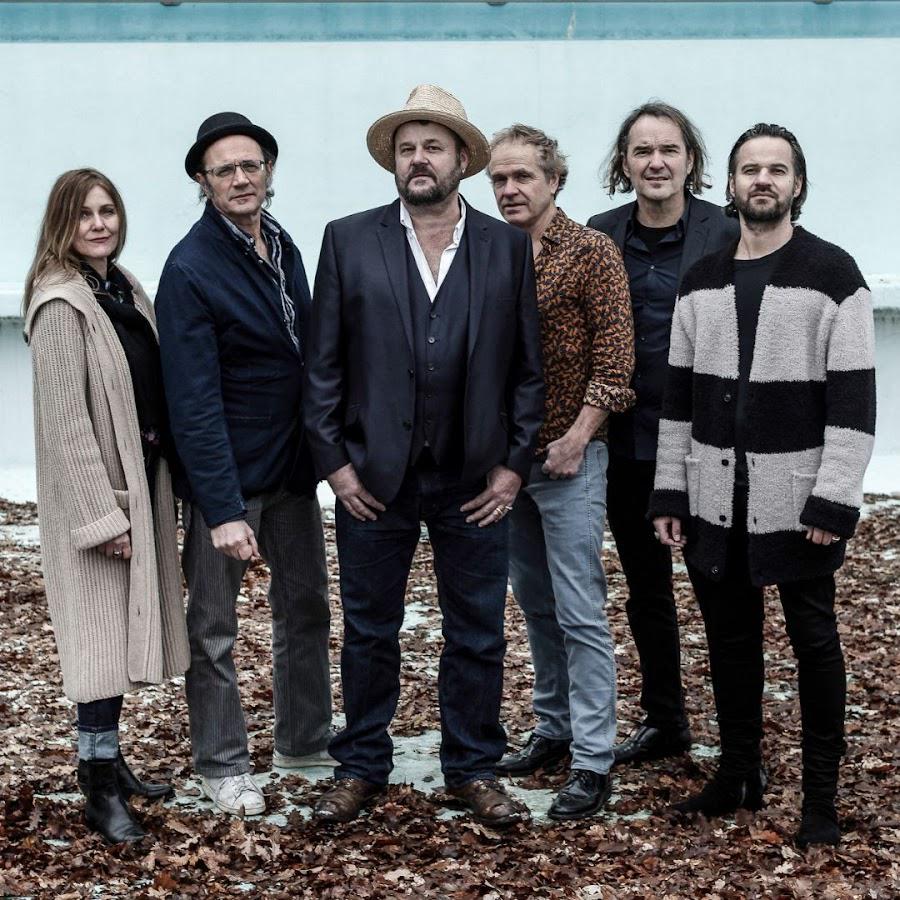
Patent Ochsner
CHE • Pop Rock
Patent Ochsner
 CHERockPop Rock
CHERockPop Rock
folkshilfe
AUT • Volksmusik/Alpine Folk
folkshilfe
 AUTEuropeanVolksmusik/Alpine Folk
AUTEuropeanVolksmusik/Alpine Folk
Hecht
CHE • Pop Rock
Hecht
 CHERockPop Rock
CHERockPop Rock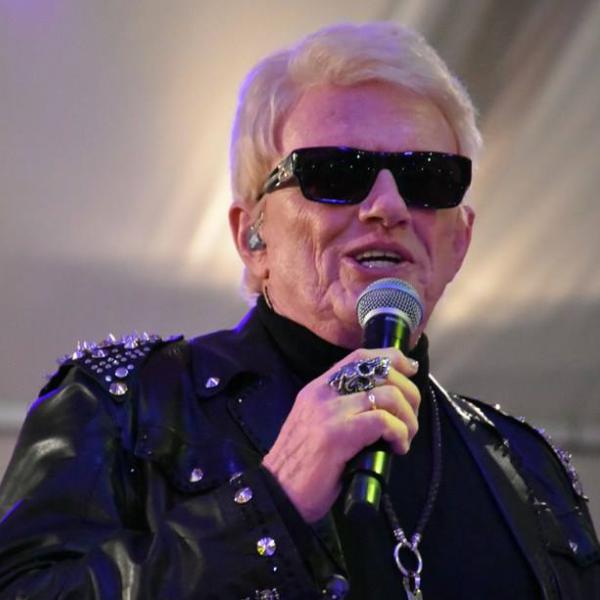
Heino
DEU • Volksmusik/Alpine Folk
Heino
 DEUEuropeanVolksmusik/Alpine Folk
DEUEuropeanVolksmusik/Alpine Folk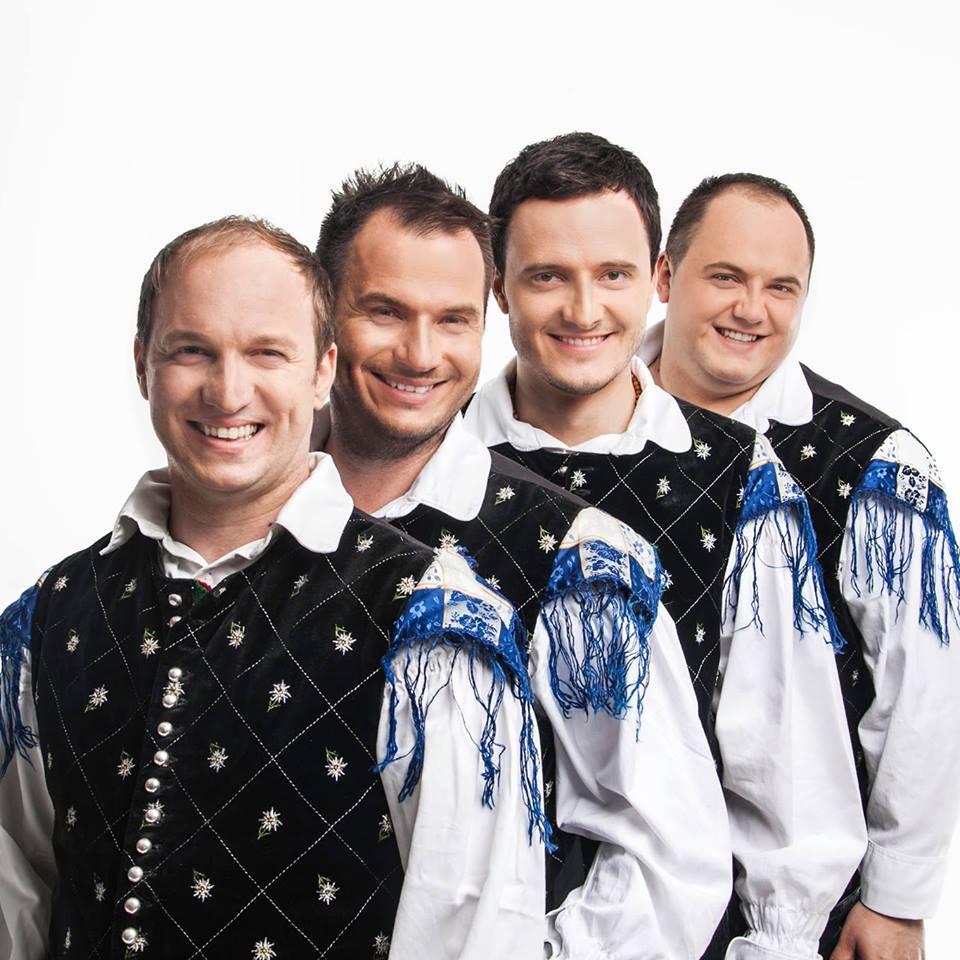
Modrijani
SVN • Volksmusik/Alpine Folk

Modrijani
 SVNEuropeanVolksmusik/Alpine Folk
SVNEuropeanVolksmusik/Alpine Folk
Fehtarji
SVN • Volksmusik/Alpine Folk
Fehtarji
 SVNEuropeanVolksmusik/Alpine Folk
SVNEuropeanVolksmusik/Alpine Folk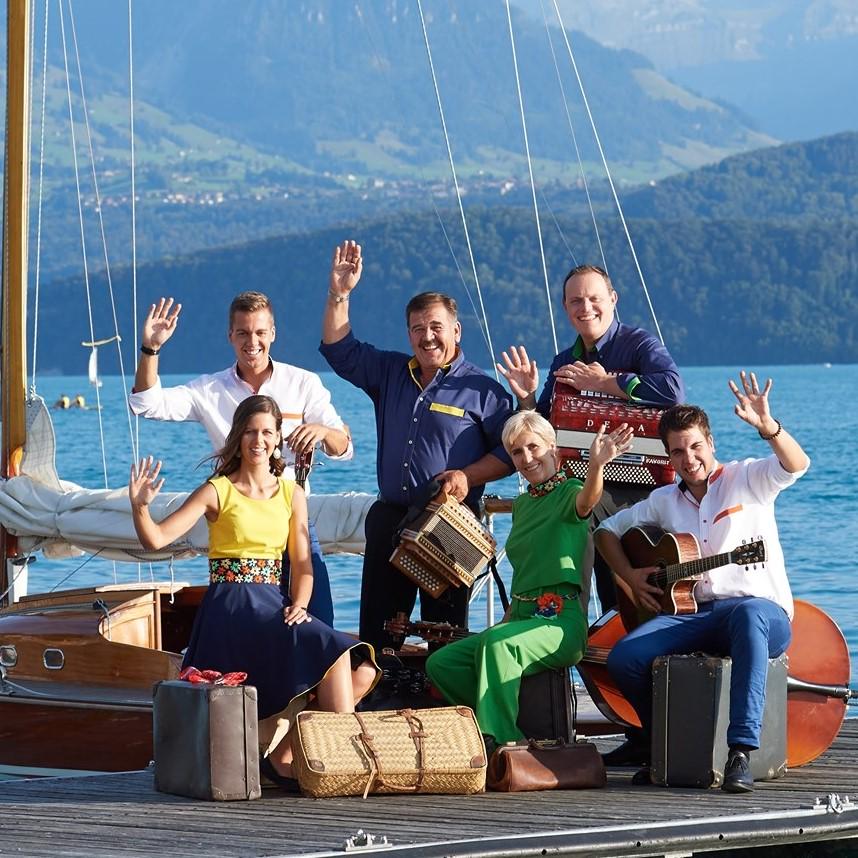
Oesch’s die Dritten
CHE • Volksmusik/Alpine Folk
Oesch’s die Dritten
 CHEEuropeanVolksmusik/Alpine Folk
CHEEuropeanVolksmusik/Alpine Folk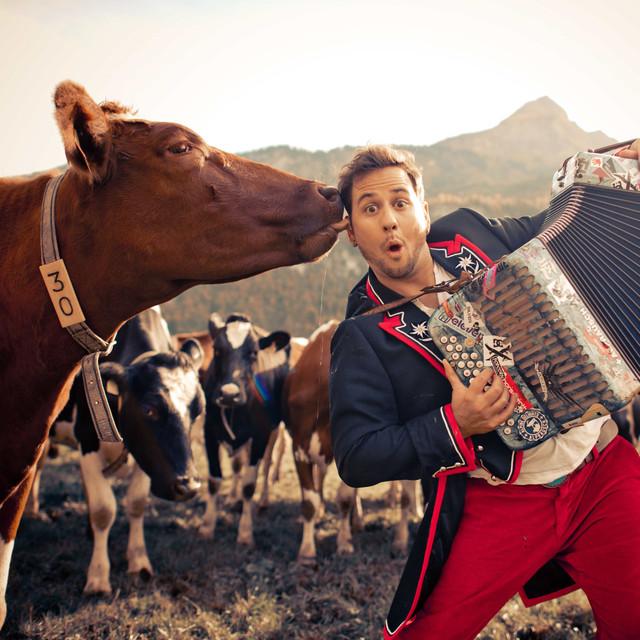
Trauffer
CHE • Volksmusik/Alpine Folk
Trauffer
 CHEEuropeanVolksmusik/Alpine Folk
CHEEuropeanVolksmusik/Alpine Folk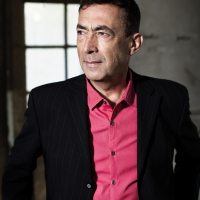
Hubert von Goisern
AUT • Volksmusik/Alpine Folk
Hubert von Goisern
 AUTEuropeanVolksmusik/Alpine Folk
AUTEuropeanVolksmusik/Alpine Folk Viberate
Viberate

